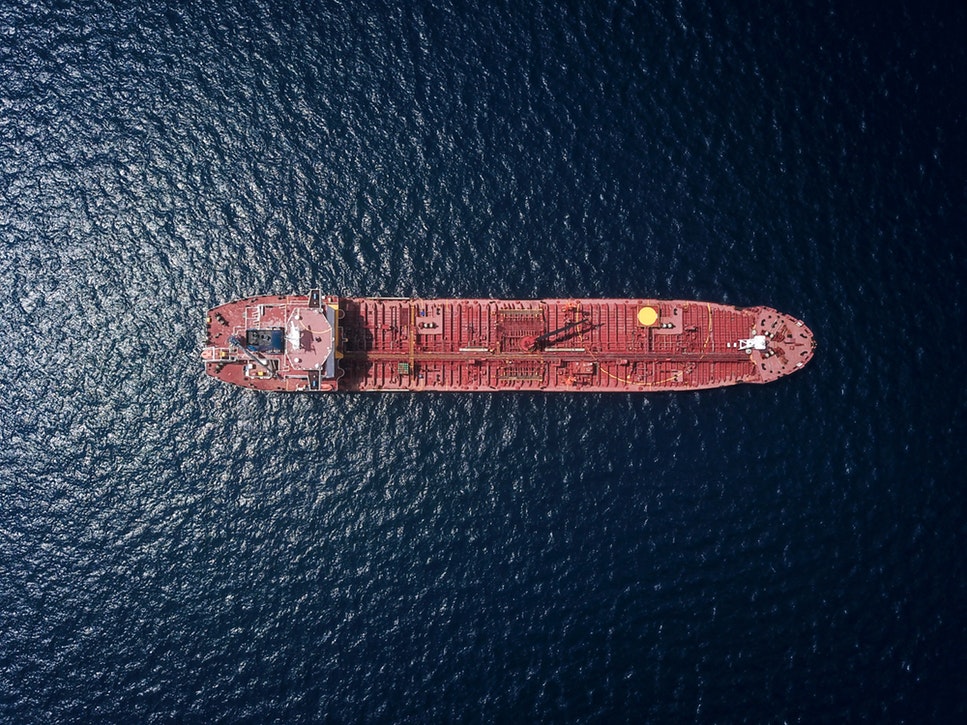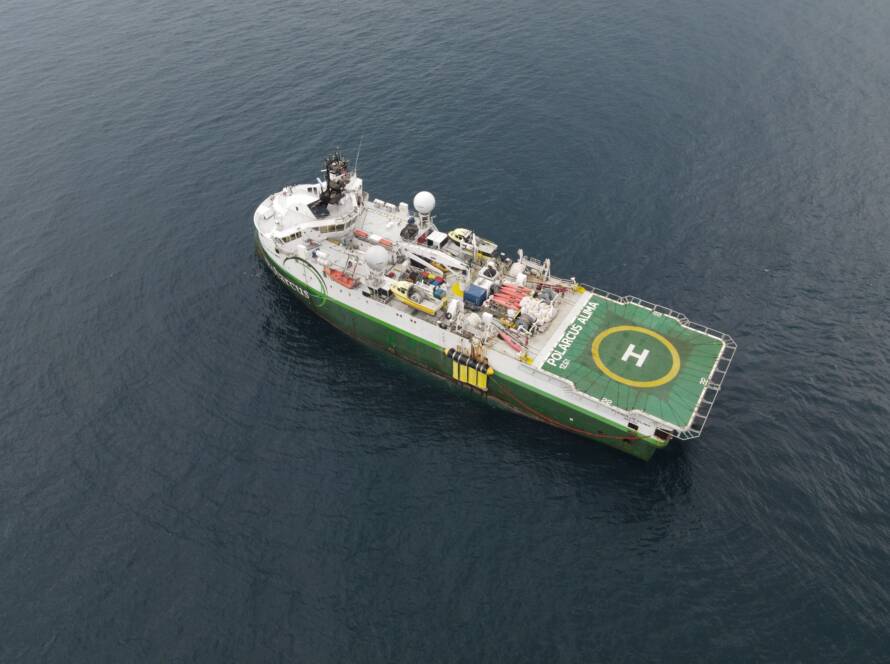The world’s oceans are teeming with vessels of all sizes, carrying goods, passengers, and commodities to distant shores. However, beneath the tranquil surface lies a complex web of regulations and certifications, crucial for ensuring maritime safety and compliance. Among these is the Single Voyage Certificate, a document that plays a pivotal role in safeguarding voyages and the environment. In this article, we delve into the significance of the Single Voyage Certificate and its role in maritime safety.
Understanding the Single Voyage Certificate:
A Single Voyage Certificate is a specialized document issued to a vessel, allowing it to undertake a specific journey or voyage. It serves as evidence that the vessel complies with the necessary safety and operational standards required for the designated voyage. While the requirements and regulations surrounding Single Voyage Certificates can vary from country to country and voyage to voyage, their importance remains consistent.

The Importance of Single Voyage Certificates:
- Safety Assurance: The primary purpose of the Single Voyage Certificate is to ensure the safety of the vessel, its crew, passengers, and cargo. It verifies that the vessel meets the required safety standards for the intended voyage, reducing the risk of accidents and incidents at sea.
- Environmental Protection: Many Single Voyage Certificates also include provisions related to environmental protection. Vessels must meet specific environmental standards to minimize their impact on the marine ecosystem during the voyage.
- Compliance with Regulations: Single Voyage Certificates help ensure compliance with international and national maritime regulations. This is especially important in an industry where adherence to rules and regulations is critical for safe and efficient operations.
- Insurance and Liability: Vessel owners and operators often require Single Voyage Certificates to fulfill insurance and liability requirements. Insurance providers may stipulate that vessels must have these certificates to cover potential risks during the voyage.
- Cargo Safety: Cargo owners and shippers may also demand that vessels possess Single Voyage Certificates to guarantee the safety of their goods during transit. This helps build trust and confidence in the shipping process.
The Process of Obtaining a Single Voyage Certificate:
Obtaining a Single Voyage Certificate involves several steps, including vessel inspection, documentation verification, and compliance assessments. Key steps typically include:
- Application: Vessel owners or operators submit an application for a Single Voyage Certificate to the relevant maritime authorities.
- Inspection and Survey: Inspectors and surveyors conduct safety and compliance inspections of the vessel to ensure it meets the required standards.
- Documentation Review: Authorities review the vessel’s documentation, including its safety equipment, crew qualifications, and environmental compliance.
- Issuance: If the vessel passes all inspections and meets the necessary requirements, the Single Voyage Certificate is issued, specifying details of the voyage.
- Monitoring: During the voyage, authorities may monitor the vessel’s compliance with the certificate’s conditions and requirements.
Common scenarios in which ship owners might opt for an SVC
- One-Time Voyage: The ship owner plans to undertake a single, specific voyage and does not intend to use the vessel for other journeys. In such cases, obtaining a full standard certificate, which covers the vessel’s overall compliance for all voyages, might be unnecessary and more costly.
- Temporary Operation: If the ship owner has temporarily acquired or chartered a vessel for a particular voyage or project, they may opt for an SVC to meet the specific safety and regulatory requirements of that voyage without the need for a long-term standard certificate.
- Non-Regular Operations: Some vessels are used irregularly or for specialized purposes that do not require continuous certification. An SVC can be a more flexible option in these situations, allowing the ship owner to meet compliance requirements for occasional or unique voyages.
- Cost Considerations: Obtaining and maintaining a standard certificate involves ongoing costs, including inspections, surveys, and administrative fees. For ship owners looking to minimize expenses, an SVC tailored to a single voyage may be a cost-effective choice.
- Special Projects: Certain projects, such as salvage operations, research expeditions, or towage of non-standard cargo, may have unique safety and regulatory requirements that can be addressed with a specific Single Voyage Certificate.
- Chartered Vessels: When a ship owner charters a vessel from another party, they may be responsible for ensuring the vessel’s compliance during the charter period. In such cases, an SVC can be obtained for the duration of the charter to demonstrate compliance with regulatory and safety standards.
- Flexibility: Ship owners may choose an SVC for flexibility in case they decide to alter the voyage’s route, itinerary, or purpose. It allows them to adjust the certificate to meet the changing needs of the voyage.
It’s essential to note that while an SVC provides a more tailored approach for specific voyages, ship owners must ensure that the vessel complies with all relevant safety and regulatory requirements for that journey. Failure to do so can result in serious consequences, including potential safety hazards, environmental damage, and legal liabilities. Therefore, ship owners should carefully assess their operational requirements and consult with maritime authorities or classification societies to determine whether a Single Voyage Certificate or a standard certificate is the appropriate choice for their specific situation.
Conclusion:
The Single Voyage Certificate is a critical component of maritime safety and regulatory compliance. It not only ensures the safety of vessels, crews, and cargo but also plays a vital role in protecting the marine environment. Vessel owners, operators, and authorities must collaborate to uphold the integrity of this essential maritime document, ensuring that every voyage is undertaken with the highest standards of safety and environmental responsibility.


